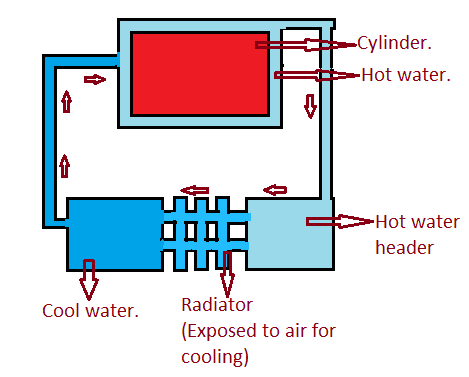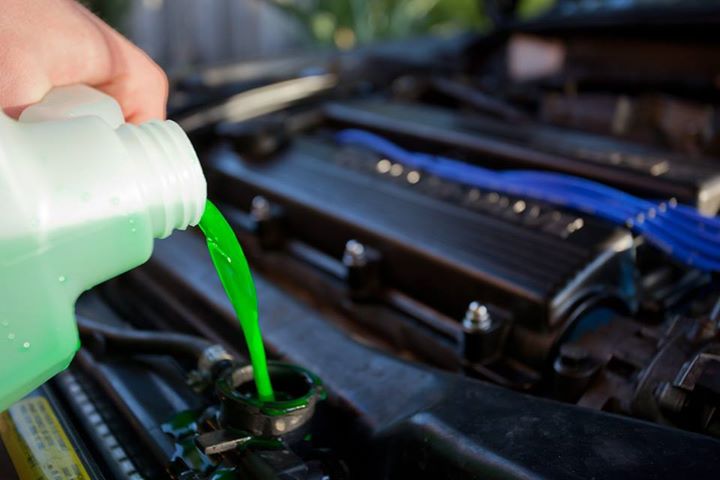The handbrake, also known as the parking brake or emergency brake (e-brake), is a critical part of any vehicle’s braking system. It’s a mechanism used to keep the car securely motionless when parked. But how does it actually work? Let’s break down the mechanics of this important safety feature.
The Mechanics of a Handbrake
A handbrake typically consists of a cable connected to two wheel brakes, which is then connected to a pulling mechanism inside the vehicle. This pulling mechanism is usually located between the front seats and can be operated by either manual or electronic controls. When engaged, it applies pressure on both rear brakes simultaneously and locks them in place—this prevents the car from rolling away while parked.
Handbrakes generally come with two components: an auto-adjuster and an emergency release lever. The auto-adjuster ensures that your brakes are set correctly each time they are engaged, while the emergency release lever allows you to disengage them in case of an emergency situation. This is especially useful if you ever find yourself unable to use your foot brake due to an obstruction or if your foot brake fails altogether.
What is the use of a handbrake in a car?
There are Benefits of Using a Handbrake: Using a handbrake provides several benefits for drivers who want to ensure their safety on the road. For starters, it helps prevent rollaways when parking on an incline—this is especially important for preventing accidents when parking on hillsides or other uneven surfaces. Additionally, using a handbrake can help reduce wear and tear on your regular braking system since it will only be used in extreme circumstances such as emergencies or when parking on steep inclines. Finally, having access to an emergency release lever can provide peace of mind knowing that you can safely disengage your brakes should you ever need to do so in an urgent situation.
When to Use a Handbrake?
You can use Handbrake when you park the car, waiting at the traffic signal, Driving on hills, Brake failure
When you park the car
When you park your car, it is always advisable that you use the handbrake. This will ensure that your car does not roll forward or backward, even if it is parked on an incline. For extra safety, some people might slot their gearbox into first gear so that if the handbrake fails, their car will not move.
Waiting at a traffic signal
Instead of continuously pressing the brake pedal, you can engage the handbrake while waiting at a red traffic signal. This will reduce wear and tear on your brakes and also act as a safety measure in case your vehicle gets hit from behind. The handbrake will not allow the car to roll forward or backward in this situation.
Driving on hills
When driving on hilly roads, engaging your handbrake is always advisable. This allows for better control over your vehicle and also prevents it from rolling downhill due to gravity when stopped suddenly. It also works as an extra layer of protection should something unexpected happen while driving on hills.
Brake Failure
In the event of a brake system failure, having an emergency handbrake can be your lifesaver. While it will slow down and stop the vehicle, use caution as applying rear brakes only could lead to loss of control with possible tire lock up or skidding effects. Knowing how to properly operate this life saving tool is essential for all drivers in any sort of unexpected situation.
How to Properly Use a Handbrake in a Manual Car?
If you’re driving a manual car, it’s important to know how to use the handbrake properly. Not only is it critical for your safety, but it can also help you save fuel and stay in control of your vehicle when parking. In this blog post, we will cover the basics of using a handbrake in a manual car so that you can stay safe while on the road.
Understanding When to Use the Handbrake in Manual Car?
The first step is understanding when to use the handbrake. When you are ready to park, make sure that you have parked your car on flat ground or on an uphill or downhill slope with the appropriate gear engaged and then pull up on the handbrake lever. Once you have engaged the handbrake and shifted into neutral, you can turn off your engine and remove the key from the ignition. This will help keep your vehicle from rolling away if there is any slope present.
When you are ready to drive again, press down on the brake pedal before releasing the handbrake lever. This will ensure that your vehicle is not able to roll backwards when disengaging from park mode. Next, shift into first gear while engaging the clutch and drive away slowly until reaching optimal speed.
Finally, if you are parking your car on an uphill road, make sure to shift into first gear and apply light pressure on both pedals before pulling up on the handbrake lever. This will ensure that your vehicle does not roll backwards when parked as gravity tends to push cars downhill when parked in an inclined position.
Using a handbrake correctly in a manual car is important for staying safe while driving and parking your vehicle. It’s essential to understand when and how to use it correctly so that you can be sure that your car won’t roll away unexpectedly or cause any harm due to improper usage. By following these simple steps outlined above, users of manual cars should have no problem learning how to properly engage their vehicle’s handbrake every time they get behind the wheel!
How to Use a Handbrake in an Automatic Car?
When You Park the Car
Using the handbrake in an automatic car is quite simple, but there are some steps you should follow for maximum efficiency. First, bring the car to a complete stop and press down on the brake pedal. Then, shift the gear lever into “Park” mode and push down on the button at the end of the lever. After that, pull up on the lever until it feels tense and release the button. Finally, verify that you’ve engaged the handbrake by checking for the parking brake light on your dashboard. Once everything looks good, release your foot from the brake pedal and your car will remain parked even if there is slight incline or decline.
When You Are Ready To Drive
When you are ready to drive again, start by pressing down on your brake pedal before shifting back into “Drive” mode with your gear selector lever. Next, slightly lift up on your parking brake lever and press down on its button at the same time. Once you have done this, push down on that same lever all of way until it clicks back into place then release its button. Test once more that everything is working correctly by checking for any lights illuminated on your dashboard before releasing your foot from brake pedal and starting off again safely.
Knowing how to use a handbrake in an automatic car is important for ensuring safety while driving as well as ensuring that your vehicle remains stationary when parked even if there’s an incline or decline involved. By following these easy steps—bringing it to a complete stop first, engaging park mode first then pushing/pulling/releasing levers accordingly—you will be able to utilize this feature correctly every time! So make sure you get familiar with using this essential part of your vehicle today!
Conclusion:
Handbrakes are essential components of any vehicle’s braking system and have many benefits for drivers who use them properly. They help keep cars secure while parked on inclines and can reduce wear and tear on regular braking systems by providing an additional layer of security during emergencies or steep inclines. With proper maintenance and understanding of its functions, drivers can ensure their safety and peace of mind every time they get behind the wheel!


